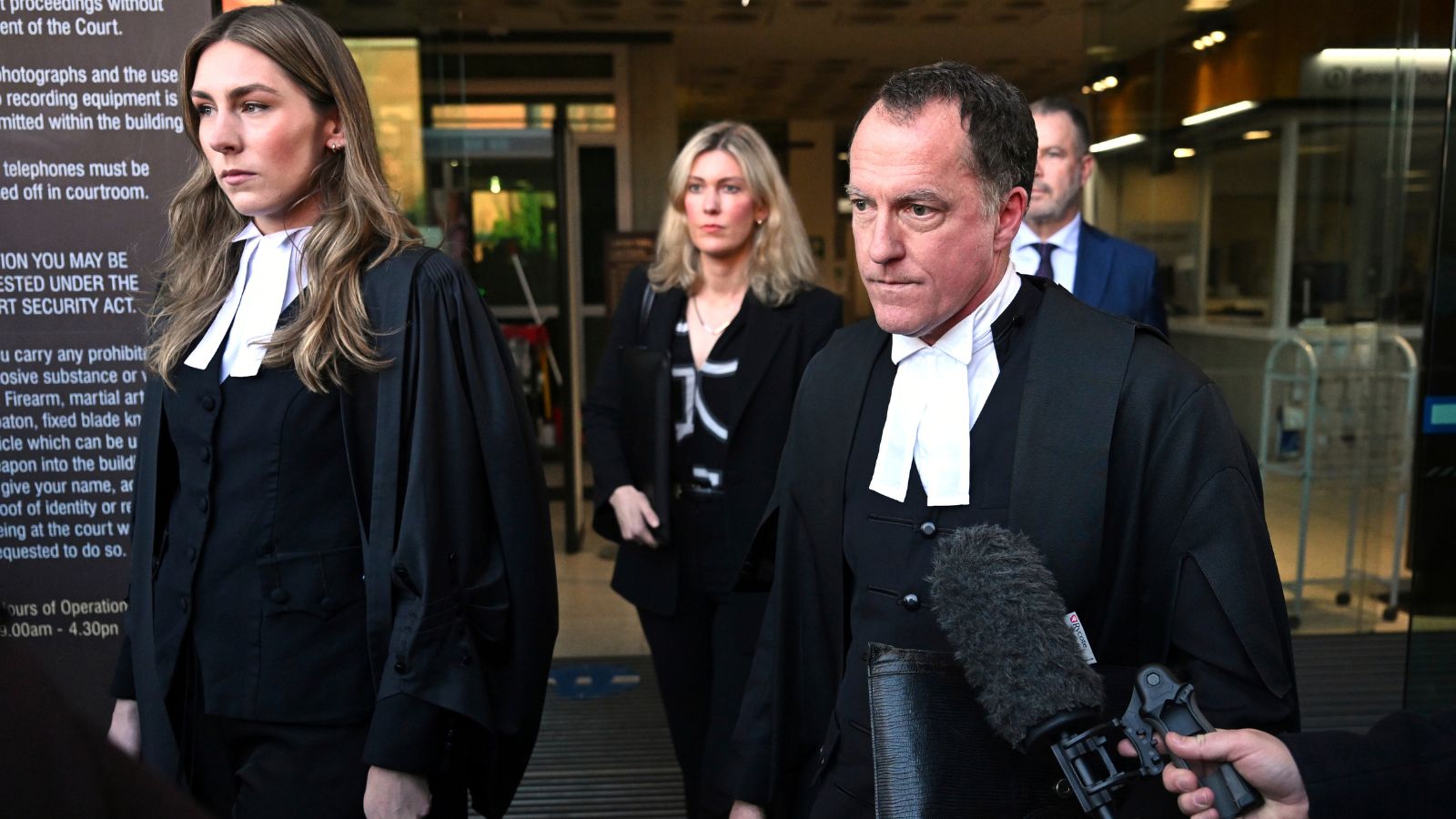A quiet family lunch in rural Victoria ended in tragedy, and sparked one of Australia’s most watched and dissected murder trials in years.
In July 2022, Erin Patterson invited her former in-laws, Don and Gail Patterson, her ex-husband’s aunt Heather Wilkinson, and Heather’s husband, Ian Wilkinson, to her home in the town of Leongatha. On the menu: homemade beef Wellington. But within days, three were dead and one critically ill. Authorities later confirmed that the dish had contained death cap mushrooms, among the most toxic fungi in the world.
Now, three years later, Patterson, once known online as a keen true crime enthusiast, has been convicted of murder and attempted murder. But even as the legal chapter closes, public fascination with the case is only intensifying.
Trial spectators line up
For years, Erin Patterson was just another name behind a keyboard in online sleuthing forums. She was particularly active in a Facebook group centred around the case of Keli Lane, a woman convicted of killing her newborn daughter. Patterson was admired there for her sharp digital research skills.
“She was a bit of a super sleuth,” said online friend Christine Hunt, as per BBC. “She was highly regarded in that group.”
Now, however, true crime fans have turned their focus on Patterson herself. The details of her own life, and alleged lies, have become the subject of endless speculation, memes, online theories, and even bingo cards tailored to her trial.
The trial took place in Morwell, Victoria. Over 11 weeks, documentary crews and journalists from around the globe flooded the Latrobe Valley Law Courts, where only six media seats were available each day. Spectators, many of them true crime devotees, queued before dawn and braving rain, fog, wrapped in sleeping bags and beanies. Some laid out scarves, water bottles, or notepads to reserve their place at the door.
Story continues below this ad
One regular, Tammy Egglestone, travelled more than an hour each day to attend. “I’m a bit of a true crime fanatic,” she said, according to BBC.
Internet theories
Online, Patterson’s case ignited a firestorm. Thousands dissected her behaviour, speculated about her motives, and commented on details ranging from CCTV footage to her choice of trousers.
“What really gave her away was wearing white pants when she had ‘gastro’ and needed to go to hospital for it!” one person posted, reported BBC, referencing footage shown at trial of Patterson’s movements in the days following the meal. Others questioned whether someone who intended to poison family members would have done so in such an obvious or traceable way.
In Australia, jurors are legally barred from discussing their decision-making process, unlike in the United States where post-trial interviews are common. This silence has only fuelled public speculation about what happened behind closed doors.
Story continues below this ad
Even before the jury handed down its verdict, the Patterson case had already inspired a slew of media content, including a TV special, a planned drama series, podcasts, documentaries, and several books in the works.
“It has those typical cliché things that make true crime sell,” Egglestone said, as per BBC. “Poison’s the weapon, the fact that she did take out family members… [she’s] white, female, financially stable, you know. And they’re all church people.”
“The world has long been fascinated by women who kill,” said criminologist Dr Brandy Cochrane, according to BBC. “She’s expected to act in a particular way, and she’s not… The legal system in and of itself treats women very differently.”
Story continues below this ad
Yet amid the true crime mania, many in South Gippsland, where the victims lived, feel the real loss has been overlooked. According to BBC, local councillor Nathan Hersey said, “This has been an extremely high-profile case that’s brought a lot of attention, often unwanted, to our local community.”
He added, “Some people haven’t had that humanity… they’ve certainly lost focus that for people, there is a loss, there is grief.”
(With inputs from BBC)

